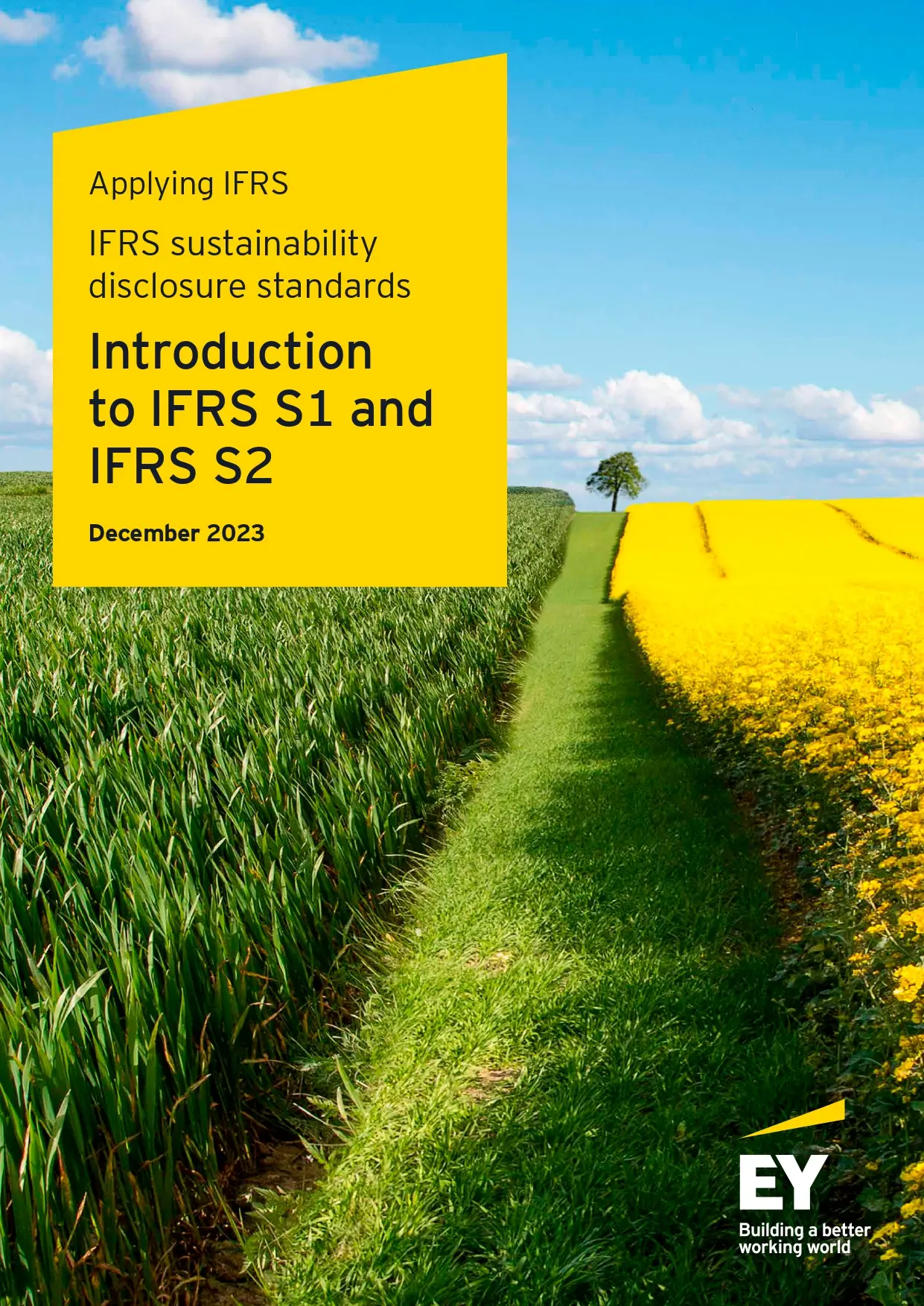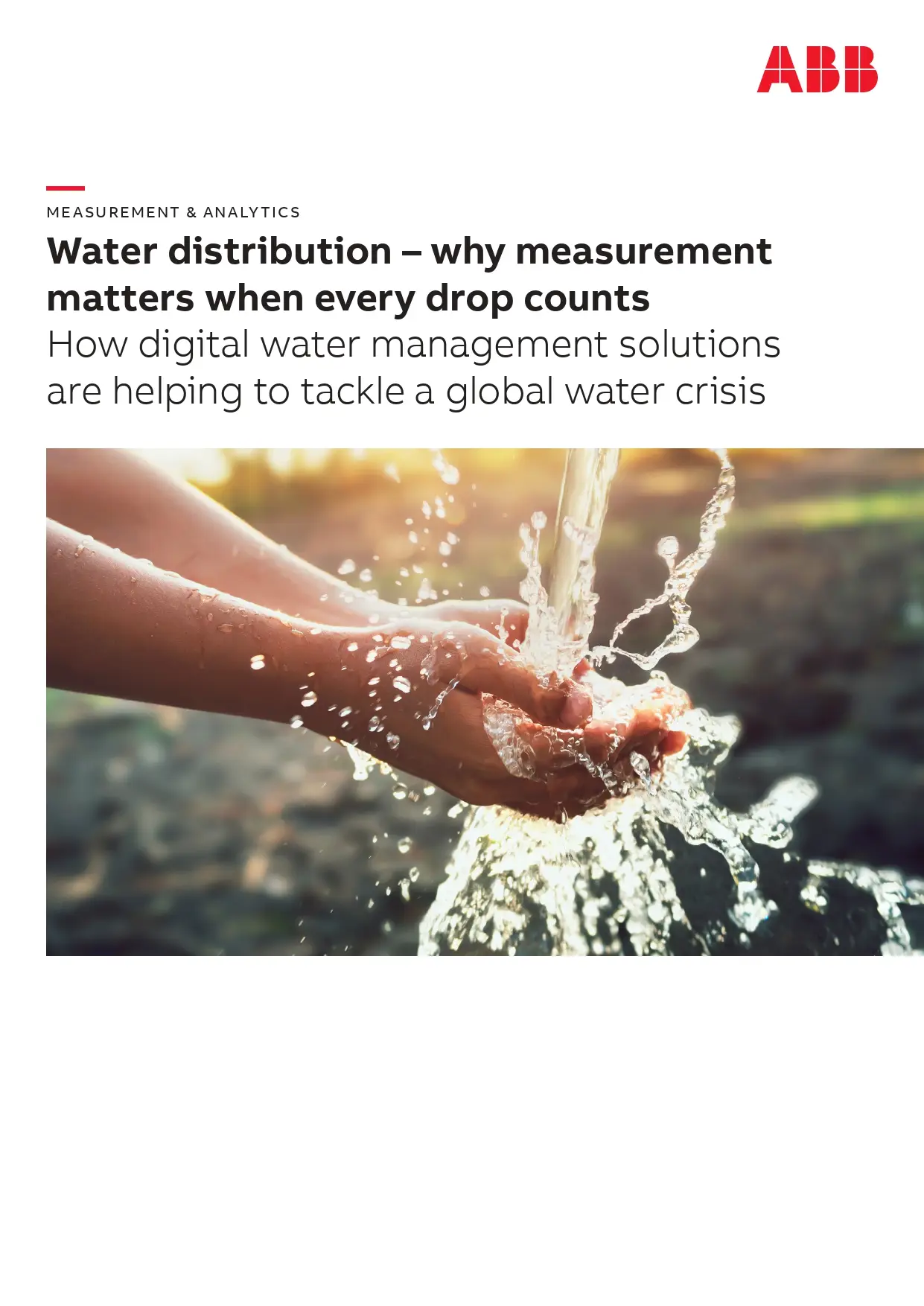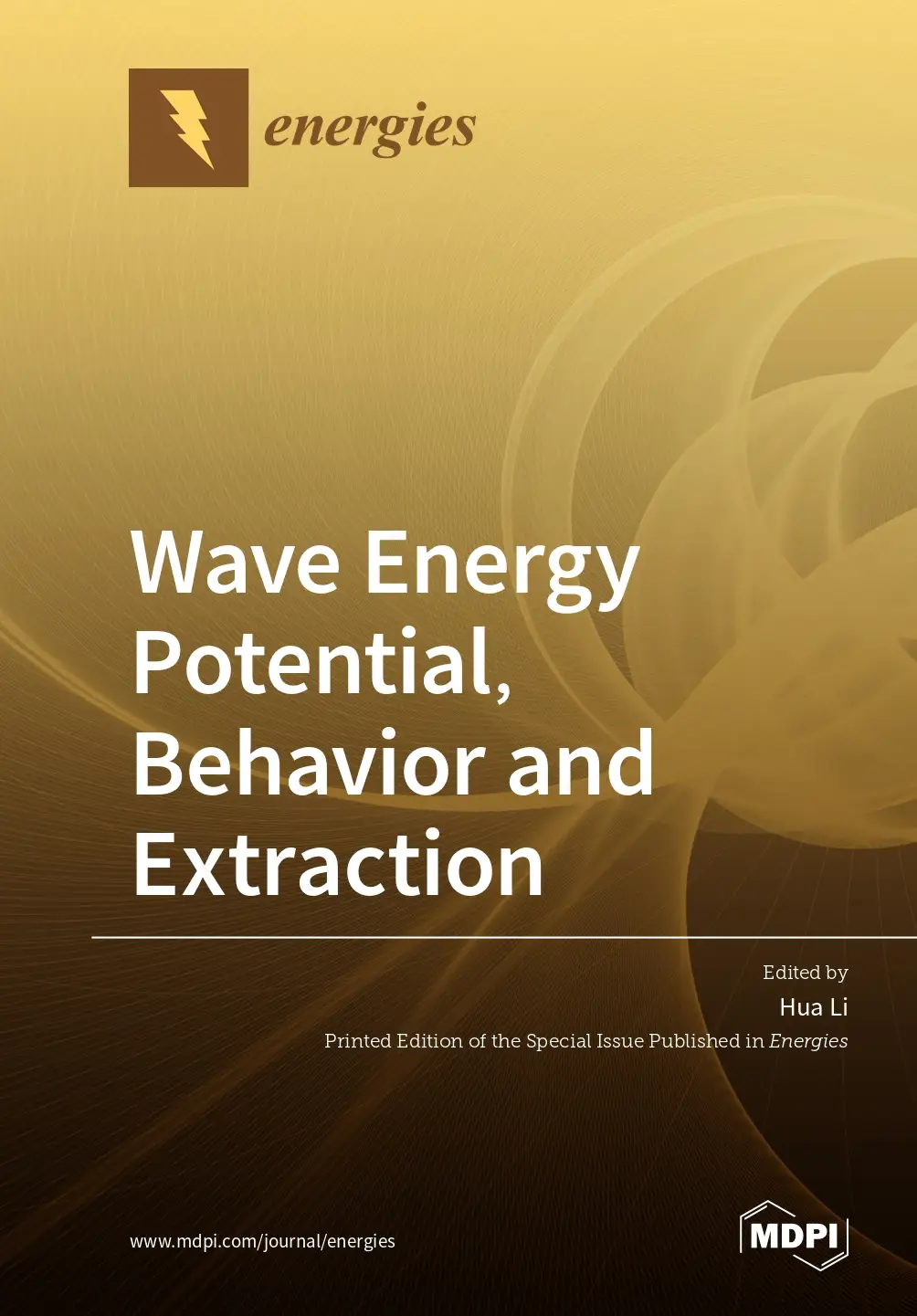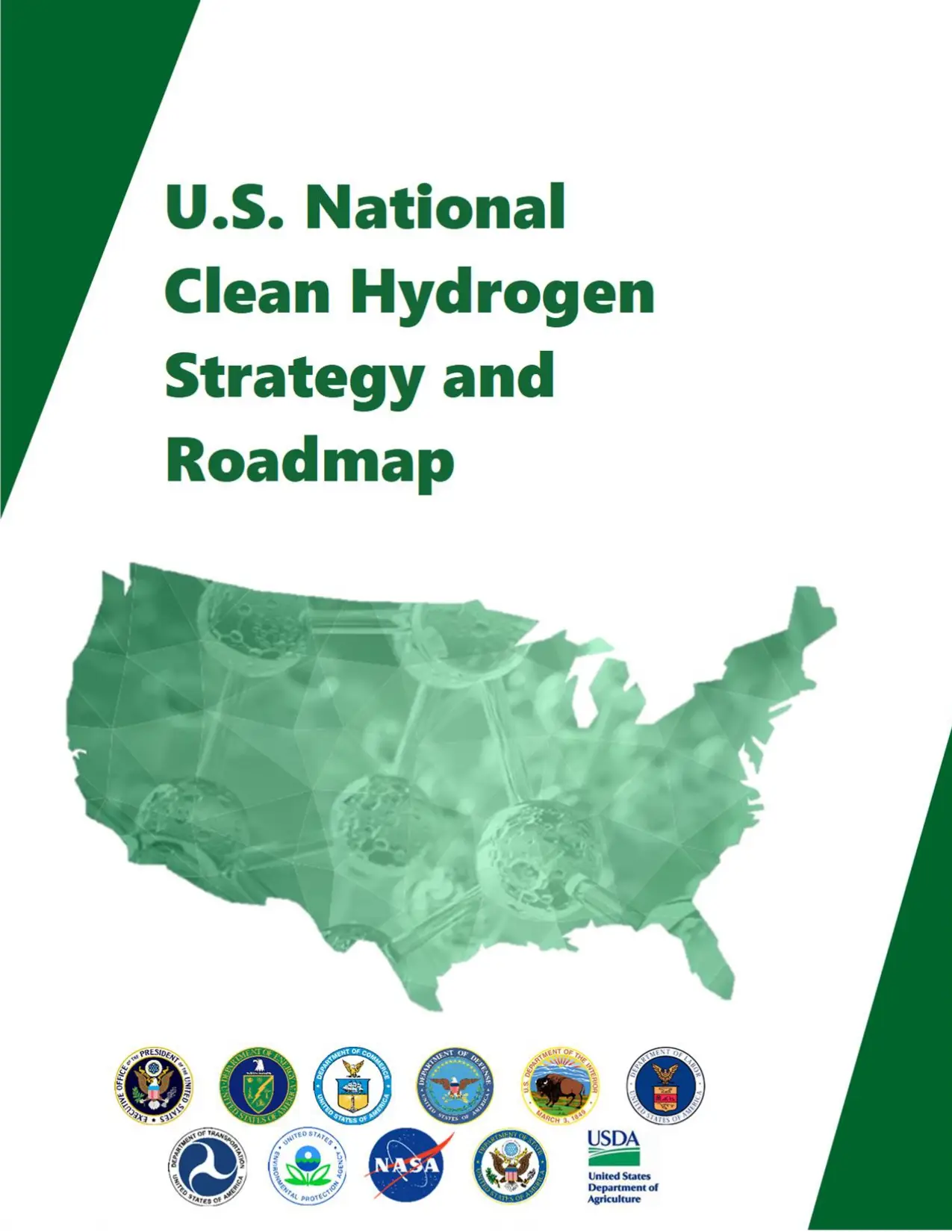IFRS Sustainability Disclosure Standards Introduction to IFRS S1 and IFRS S2
Sustainability reporting has attracted increasing interest from various stakeholders in recent years. The demand for a holistic approach to corporate reporting, with key components that include sustainability reporting, financial reporting, and assurance, has emerged. In response to both the demand for information from the investment community and broader public expectations of the role of businesses in society, a plethora of frameworks, methodologies and metrics for sustainability reporting have been developed.
IFRS Sustainability Disclosure Standards Introduction to IFRS S1 and IFRS S2
Sustainability reporting has attracted increasing interest from various stakeholders in recent years. The demand for a holistic approach to corporate reporting, with key components that include sustainability reporting, financial reporting, and assurance, has emerged. In response to both the demand for information from the investment community and broader public expectations of the role of businesses in society, a plethora of frameworks, methodologies and metrics for sustainability reporting have been developed.
Confined Space (a Guide to Safe Entry)
Saudi Aramco conducts many tasks that require entry into confined spaces. A confined space entry (CSE) presents numerous hazards that must be properly identified. Associated risks must be eliminated or controlled. To do this, supervisors and workers who perform CSE tasks must know and follow established CSE procedures, as well as all other safety procedures, to protect themselves, their coworkers,
contractors, communities, and assets.
Confined Space (a Guide to Safe Entry)
Saudi Aramco conducts many tasks that require entry into confined spaces. A confined space entry (CSE) presents numerous hazards that must be properly identified. Associated risks must be eliminated or controlled. To do this, supervisors and workers who perform CSE tasks must know and follow established CSE procedures, as well as all other safety procedures, to protect themselves, their coworkers,
contractors, communities, and assets.
Water Distribution – Why Measurement Matters When Every Drop Counts (How Digital Water Management Solutions Are Helping To Tackle A Global Water Crisis)
Water is vital for life, yet despite 70 percent of the Earth’s surface being covered in water, most is not available to sustain humanity. With 97 percent of water being contained in the world’s oceans, it is too salty for drinking or growing crops. Only some three percent of the Earth’s water is fresh, and the vast majority of that is locked up in ice caps and glaciers. The remaining small percentage must meet all the potable drinking water and agricultural needs of a planet with a rapidly expanding population. Given this, it is not surprising that water scarcity is a growing issue across the globe, affecting every continent. Water scarcity can be caused by a physical shortage, or the failure of institutions to ensure a regular supply, or due to a lack of infrastructure to distribute water.
Water Distribution – Why Measurement Matters When Every Drop Counts (How Digital Water Management Solutions Are Helping To Tackle A Global Water Crisis)
Water is vital for life, yet despite 70 percent of the Earth’s surface being covered in water, most is not available to sustain humanity. With 97 percent of water being contained in the world’s oceans, it is too salty for drinking or growing crops. Only some three percent of the Earth’s water is fresh, and the vast majority of that is locked up in ice caps and glaciers. The remaining small percentage must meet all the potable drinking water and agricultural needs of a planet with a rapidly expanding population. Given this, it is not surprising that water scarcity is a growing issue across the globe, affecting every continent. Water scarcity can be caused by a physical shortage, or the failure of institutions to ensure a regular supply, or due to a lack of infrastructure to distribute water.
Wave Energy Potential, Behavior and Extraction
This book comprises successful submissions to a Special Issue of Energies on the subject “Wave Energy Potential, Behavior and Extraction”. The topics covered in this Special Issue include wave energy potential analysis and wave energy converter design in the form of original research and review articles. Of the 13 papers that were submitted, 10 were accepted for publication. The average
processing time was about 38.5 days. The authors represent diverse geographical locations: China (3); USA (3); UK (2); Sweden (2); Denmark (1); Australia (1); and Italy (1). Papers published in this Special Issue covered a wide range of topics, including wave energy utilization for offshore oil platform, wave energy converter design, economic analysis of wave energy converter, as well as thorough reviews on the status of wave energy development. I found the task of editing and selecting papers for this collection to be both stimulating and rewarding. I would also like to thank the staff and reviewers of Energies for their time, efforts, and input.
Wave Energy Potential, Behavior and Extraction
This book comprises successful submissions to a Special Issue of Energies on the subject “Wave Energy Potential, Behavior and Extraction”. The topics covered in this Special Issue include wave energy potential analysis and wave energy converter design in the form of original research and review articles. Of the 13 papers that were submitted, 10 were accepted for publication. The average
processing time was about 38.5 days. The authors represent diverse geographical locations: China (3); USA (3); UK (2); Sweden (2); Denmark (1); Australia (1); and Italy (1). Papers published in this Special Issue covered a wide range of topics, including wave energy utilization for offshore oil platform, wave energy converter design, economic analysis of wave energy converter, as well as thorough reviews on the status of wave energy development. I found the task of editing and selecting papers for this collection to be both stimulating and rewarding. I would also like to thank the staff and reviewers of Energies for their time, efforts, and input.
U.S National Clean Hydrogen Strategy and Roadmap
Executive Summary
Given its potential to help address the climate crisis, enhance energy security and resilience, and create economic value, interest in producing and using clean hydrogen is intensifying both in the United States and abroad. Zero- and low-carbon hydrogen is a key part of a comprehensive portfolio of solutions to achieve a sustainable and equitable clean energy future. The United States is stepping up to accelerate progress through historic investments in clean hydrogen production, midstream infrastructure, and strategically targeted research, development, demonstration, and deployment (RDD&D) in this critical technology.
U.S National Clean Hydrogen Strategy and Roadmap
Executive Summary
Given its potential to help address the climate crisis, enhance energy security and resilience, and create economic value, interest in producing and using clean hydrogen is intensifying both in the United States and abroad. Zero- and low-carbon hydrogen is a key part of a comprehensive portfolio of solutions to achieve a sustainable and equitable clean energy future. The United States is stepping up to accelerate progress through historic investments in clean hydrogen production, midstream infrastructure, and strategically targeted research, development, demonstration, and deployment (RDD&D) in this critical technology.










